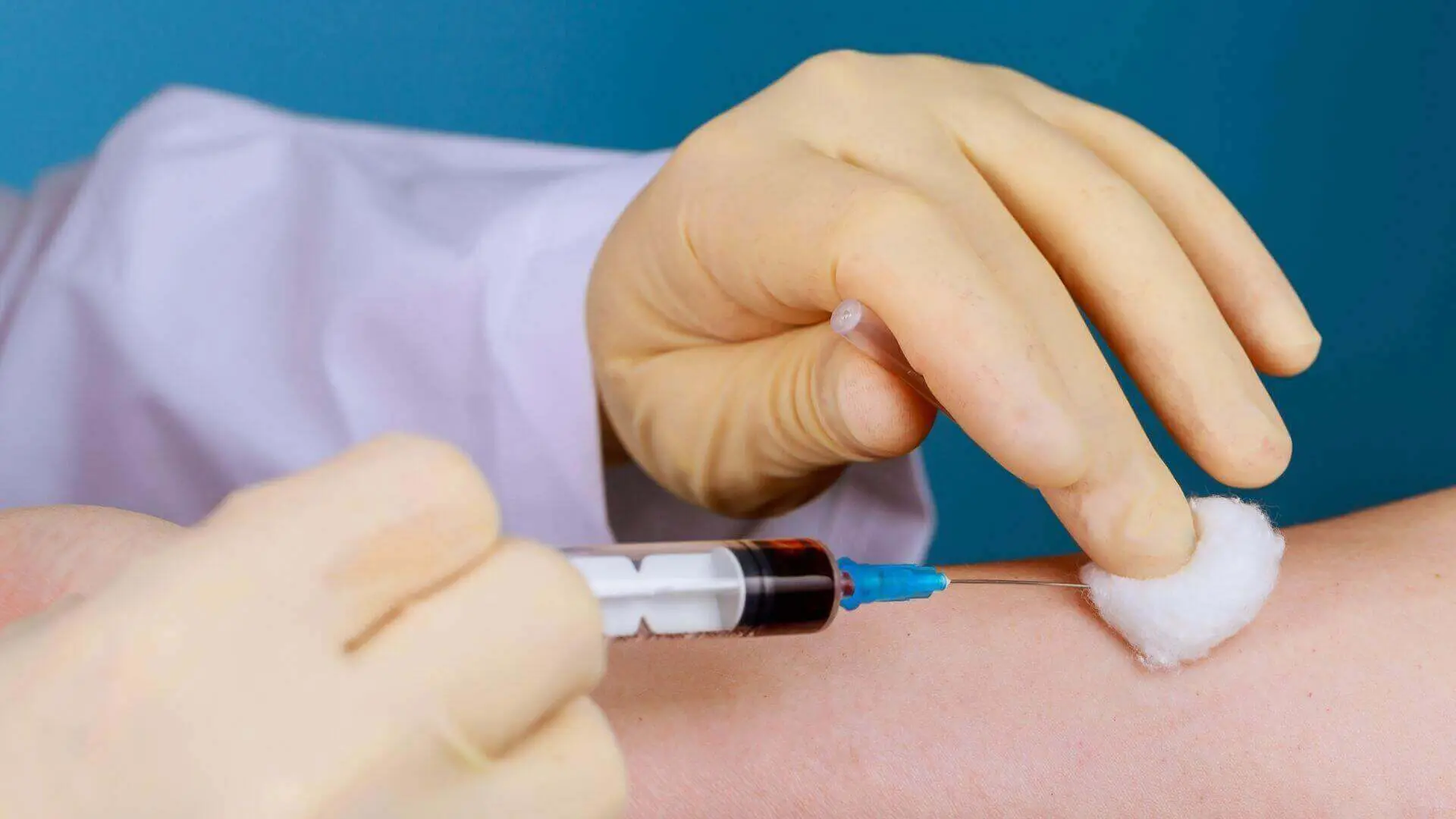5 Knowledge Requirements for Phlebotomy
- 768 Views
- Ryan Reynolds
- October 26, 2022
- Education
If you’ve ever visited a clinic, hospital, or doctor’s office, you’ve undoubtedly seen staff members carrying a strange assortment of medical equipment while clothed in scrubs, such as glass vials and hypodermic syringes. Phlebotomists are the term for these frequently employed medical personnel. Have you ever questioned whether you meet the requirements or what a phlebotomist does? If you don’t mind the sight of blood and the thought of needles, phlebotomy is an excellent method to break into the medical field and can be a perfect job for you. If you wish to become a phlebotomist, you must be able to comprehend the following five concepts.
The duties of the post
The entire venipuncture procedure, which involves drawing bodily fluids, is handled by phlebotomists. Blood collection from the patient is one phase in this process. It is necessary to record the patient’s medical history, clean the injection site, preserve and label the blood (or other fluid) sample, send it to the appropriate lab, and maintain its purity.
A career in allied health is rewarding both materially and emotionally. It can also be pretty difficult and difficult, yet it never gets dull. One of the allied health specialties looking for new applicants for programs is phlebotomy, or the science of drawing blood. Positions are available in many healthcare settings. Depending on the school you choose, phlebotomy technician training could last anywhere from six to eighteen months.
In high school, you must complete science and math courses to be ready for phlebotomy technician training. You will study anatomy and physiology, cellular structure, laboratory safety, blood collection techniques, and laboratory operations after being accepted into a program. You must always proceed with extreme caution when working since you might occasionally come into contact with infectious materials like infected blood.
As one of the most stressful aspects of a trip to the doctor or emergency room, a phlebotomist training in Sacramento will also learn how to deal with patients to console and soothe them as part of their training.
Exercise Options
Phlebotomy training can be obtained in a variety of methods. Phlebotomy certification classes are frequently offered by high schools, and students can sign up for them as part of their regular high school study. Programs for certification can be finished concurrently with, in place of, or after high school in vocational and technical schools. For those who need to fit their training around their current jobs and home schedules, online training programs are a practical option. If you land a job as a phlebotomist with an employer willing to train you and see you through to certification, you might also be able to find on-the-job training programs.
Spending Time Exercising
Because it requires only a short amount of training to become a phlebotomist, this profession is typically seen as an entry-level one. While some training programs might last up to a year, others can be finished in as little as six months.
The Best Training Programs to Choose From
Only those who complete their phlebotomy training at a certified institution are eligible to take the certification exam. Online resources for accredited schools and courses.
Workplace Alternatives
You have several options for your location of employment as a phlebotomist, and each one offers a variety of scheduling and working environment options. Phlebotomists are employed by medical offices, hospitals, labs, clinics, research organizations, pharmaceutical firms, and blood banks. Choose the position that is ideal for you after weighing each of these alternatives.
As you can see, by taking a few easy actions and deciding to pursue an education, you can become a phlebotomist. If you want to choose the best path for your phlebotomy career, you must carefully weigh your options once you’re ready to start working.





